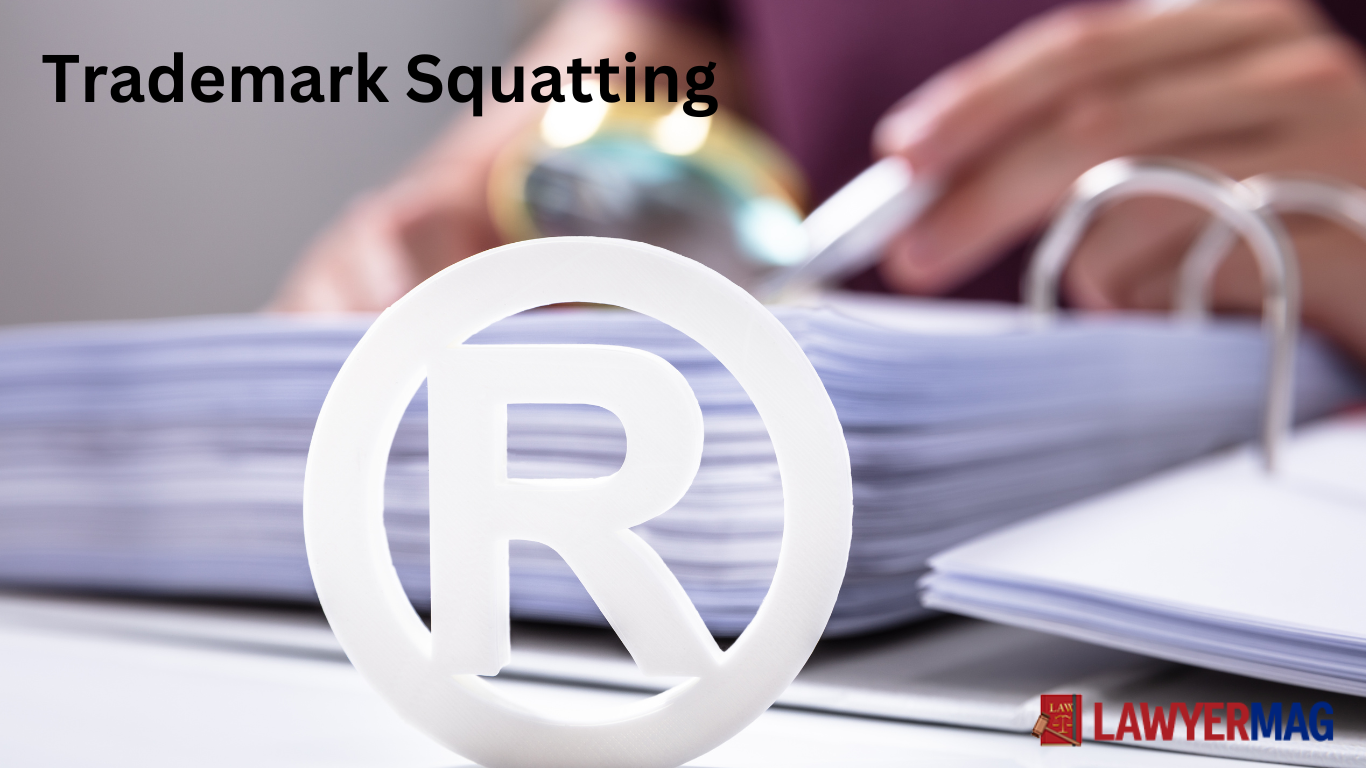How to Prove Emotional Distress in 2024

In 2024, proving emotional distress requires a more complex method because the law is always changing. More and more, emotional distress is being recognized in legal settings. People who want justice have to find their way through a complicated web of paperwork, gathering evidence, and legal processes.
This piece will help you understand how to prove emotional distress by looking at it from a legal point of view, showing you how to recognize symptoms, gather evidence, get professional help, and deal with your feelings.
Understanding Emotional Distress Claims
Legal Perspective
The foundation of proving emotional distress lies in its recognition within the legal system. Courts demand a robust case supported by substantial evidence. This section delves into the legal intricacies surrounding emotional distress claims, providing clarity on what the legal system expects.
Types of Emotional Distress
To prove emotional distress, one must understand the nuances between negligent and intentional infliction of emotional distress. A comprehensive knowledge of these distinctions is essential for building a compelling case.
Recognizing Symptoms
Physical Indicators
Emotional distress often manifests physically, impacting an individual’s health. Recognizing and documenting these physical indicators, such as headaches and insomnia, is crucial for building a strong case.
Behavioral Changes
Abrupt shifts in behavior can serve as observable indicators of emotional distress. From withdrawal to heightened irritability, understanding these changes aids both in personal coping and the legal process.
Gathering Evidence
Documentation
The backbone of any emotional distress case is meticulous documentation. Preserving emails, text messages, or any written communication related to the distressing event establishes a timeline and a narrative that supports your claim.
Witness Statement
The power of corroboration cannot be overstated. Collecting statements from witnesses who observed the distressing incident adds credibility to your case. Their perspectives provide an additional layer of evidence.
Seeking Professional Help
Therapy and Counseling
Beyond legal considerations, proving emotional distress often involves seeking therapy or counseling. This not only demonstrates a proactive approach to addressing emotional well-being but also provides professional evaluations and reports that strengthen your case.
Medical Reports
The involvement of medical professionals adds an extra layer of credibility to your case. Diagnoses and documented impacts on your health contribute valuable evidence supporting the emotional distress claim.
Legal Considerations
Time Constraints
Adhering to legal timelines is critical. Filing a claim within the stipulated period is essential to ensure the case’s validity. Understanding the legal timeframe is pivotal for individuals pursuing emotional distress claims.
Importance of Legal Representation
Navigating the legal intricacies of emotional distress claims is challenging without proper representation. Engaging a lawyer specializing in this area enhances the chances of success.
Establishing Causation
Linking Distress to Incident
Establishing a direct link between the distress and the incident is pivotal. Detailed timelines and narratives help in demonstrating causation, a critical element in proving emotional distress.
Expert Testimonies
Expert witnesses, such as psychologists or psychiatrists, can testify to the causal relationship between the incident and the emotional distress suffered. Their testimonies add weight to your case.
Dealing with Privacy Concerns
Confidentiality in Legal Proceedings
Navigating legal processes while maintaining personal privacy can be challenging. Understanding confidentiality provisions is crucial for individuals pursuing emotional distress claims.
Public Exposure
Balancing the need for justice with concerns about public exposure is vital. Legal strategies can be employed to minimize unnecessary scrutiny and protect your privacy.
Building a Strong Case
Corroborating Evidence
Ensuring consistency across all evidence, including documentation and witness statements, strengthens the case against emotional distress. A cohesive narrative builds credibility.
Consistency in Testimonies
The opposing party may exploit any inconsistencies in testimonies. Ensuring consistency among all parties involved is essential for a successful emotional distress claim.
Handling Counterarguments
Defending Against Claims
Anticipating and addressing potential counterarguments strengthens the case. Being prepared for challenges is key to a successful emotional distress claim.
Legal Strategies
Engaging legal strategies, such as presenting a compelling narrative and countering opposing viewpoints effectively, contribute to case success. It’s crucial to be proactive in defending your position.
Emotional Distress Damages
Compensation Considerations
Understanding the factors influencing emotional distress damages helps in setting realistic expectations for compensation. Evaluating the impact on your life aids in determining the appropriate compensation.
Impact on Settlements
The presence of emotional distress can significantly impact settlement negotiations. Assessing the potential impact is crucial for informed decision-making during legal proceedings.
Trends in Emotional Distress Cases
Increased Recognition and Awareness
- Background: Over recent years, there has been a notable surge in the recognition of emotional distress in legal settings.
- Current Trend: Courts are becoming more attuned to the impact of emotional distress, leading to increased acknowledgment and consideration of these cases.
The intersection of Technology and Emotional Distress
- Background: The integration of technology into daily life has opened new avenues for emotional distress cases, especially in instances of online harassment and cyberbullying.
- Current Trend: With the rise of social media and digital communication, emotional distress cases now frequently involve issues related to online interactions, emphasizing the need for updated legal frameworks.
Focus on Workplace Mental Health
- Background: Mental health concerns in the workplace have gained prominence, leading to increased scrutiny of employers’ responsibilities.
- Current Trend: Emotional distress claims arising from workplace environments are on the rise, with a focus on the employer’s duty to provide a mentally healthy workplace and address issues promptly.
Cultural Sensitivity and Diversity
- Background: Society’s growing emphasis on inclusivity has led to a heightened awareness of the cultural factors impacting emotional distress.
- Current Trend: Legal proceedings now consider cultural nuances, recognizing that emotional distress may manifest differently across diverse backgrounds. This trend emphasizes the importance of cultural competence in legal representation.
Emphasis on Prevention and Early Intervention
- Background: The legal landscape is shifting towards proactive measures to prevent emotional distress rather than solely addressing it retrospectively.
- Current Trend: Legal frameworks increasingly encourage organizations and individuals to implement preventive measures, fostering mental well-being to curb the incidence of emotional distress.
Broader Definition of Trauma
- Background: Traditionally, emotional distress claims were often associated with specific traumatic events.
- Current Trend: The definition of trauma has expanded to include ongoing, cumulative stressors, recognizing that emotional distress can result from prolonged exposure to adverse conditions.
Legal Tech Advancements
- Background: Legal technology has seen rapid advancements, influencing the way emotional distress cases are managed.
- Current Trend: Tools like data analytics and case management software are increasingly utilized to streamline emotional distress cases, facilitating more efficient legal processes.
Public Advocacy Impact
- Background: Advocacy efforts have played a crucial role in raising awareness about emotional distress and reducing stigma.
- Current Trend: The impact of public advocacy is influencing legal decisions, with courts considering societal attitudes and trends in shaping their judgments on emotional distress cases.
Corporate Accountability
- Background: Corporations are facing heightened scrutiny regarding their role in causing or exacerbating emotional distress among employees or consumers.
- Current Trend: Cases against corporations for emotional distress are on the rise, signaling a shift towards holding entities accountable for their impact on individuals’ mental well-being.
Alternative Dispute Resolution
- Background: Traditional court proceedings for emotional distress cases can be lengthy and emotionally taxing.
- Current Trend: There is an increasing preference for alternative dispute resolution methods, such as mediation, to resolve emotional distress cases more efficiently and with a focus on preserving relationships.
Coping Strategies for Individuals
Self-Care Practices
Incorporating self-care practices, such as mindfulness and stress reduction techniques, aids individuals in coping with emotional distress. Personal well-being is paramount during legal proceedings.
Support Networks
Building a strong support network of friends and family provides emotional support during challenging times. Recognizing the importance of these connections is crucial for personal resilience.
Public Awareness
Advocacy Efforts
Advocacy initiatives play a significant role in raising awareness about emotional distress and reducing associated stigma. Contributing to these efforts helps create a more supportive environment.
Destigmatizing Emotional Distress
Promoting open conversations and understanding helps destigmatize emotional distress. Creating a supportive environment fosters empathy and understanding, both on a personal and societal level.
Conclusion
In conclusion, proving emotional distress in 2024 requires a comprehensive and resilient approach. From legal considerations and evidence gathering to coping strategies and public awareness, individuals navigating this journey must be thorough and proactive. Seeking professional help, staying informed, and building a strong support network are crucial steps towards justice.
FAQs
Can emotional distress claims be based on past events?
Yes, emotional distress claims can be based on past events, but the legal timeframe for filing such claims varies.
Is therapy a requirement for proving emotional distress?
While therapy is not a strict requirement, seeking professional help can strengthen the case by providing expert evaluations.
How long does it take to resolve an emotional distress case?
The duration varies, depending on factors such as legal complexities, evidence availability, and the court’s schedule.
Can emotional distress claims be settled out of court?
Yes, many emotional distress claims are resolved through settlements, avoiding lengthy court proceedings.
What steps can individuals take to prevent emotional distress?
Building resilience, practicing self-care, and seeking support can contribute to preventing or mitigating emotional distress.







